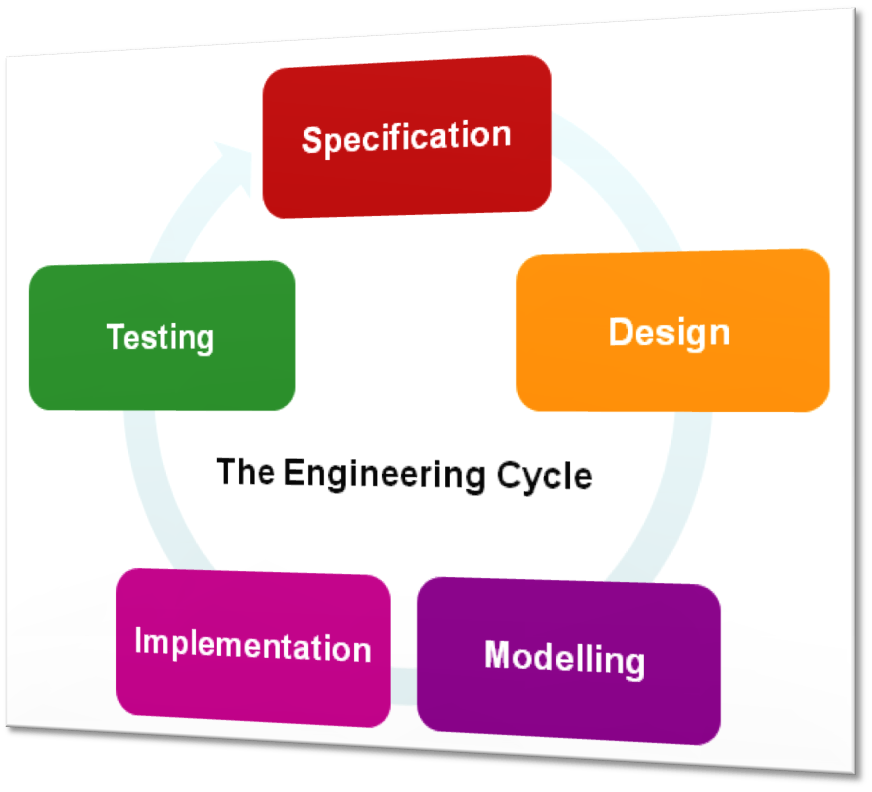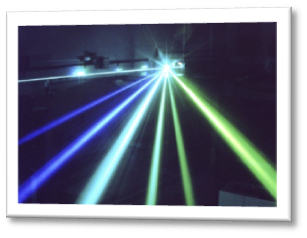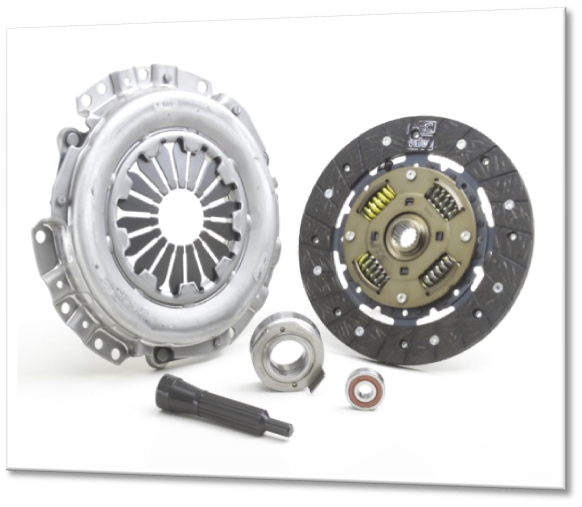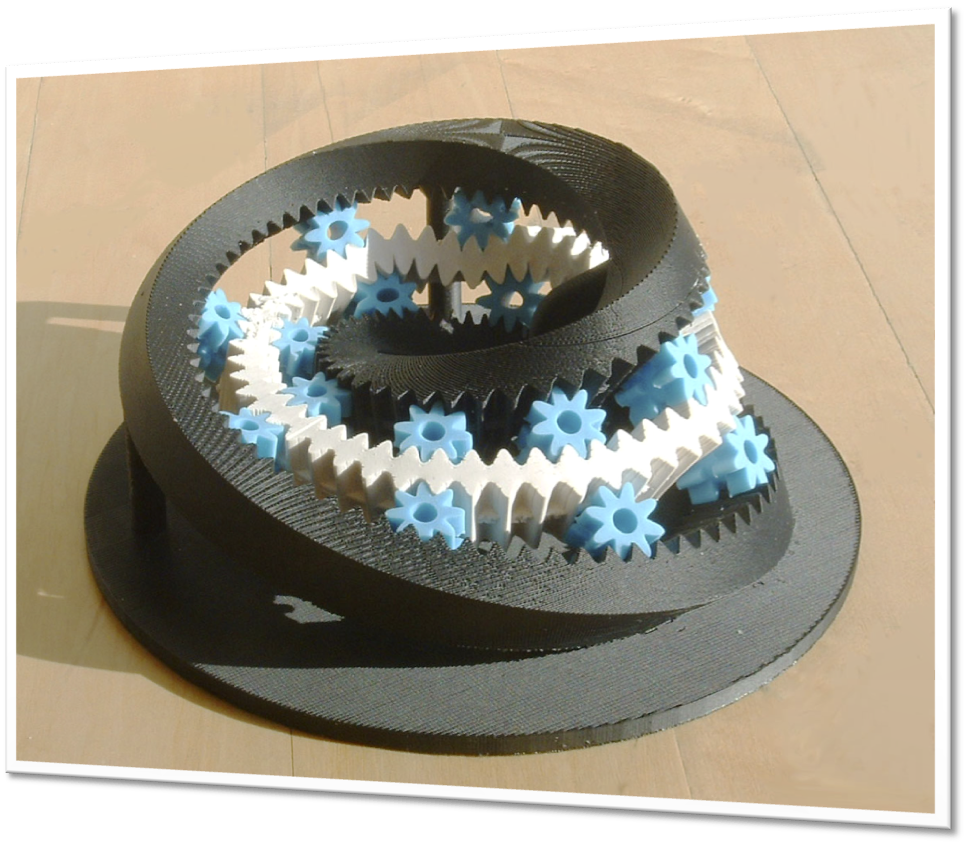|
|
| (18 intermediate revisions not shown) |
| Line 1: |
Line 1: |
| - | {{Imperial/StartPage}} | + | {{Imperial/StartPage2}} |
| - | '''''Just copied and pasted to check compatibility from OWW to iGEM Wikis. Looks good, will have to re-upload all images (and fix all 'internal' links) though!'''''
| + | |
| | | | |
| - | =Heading= | + | === Project Specifications === |
| - | Lawlz
| + | {{Imperial/Box2|| |
| - | ==Subheading== | + | In designing our ''Biofabricator Subtilis'', we followed the engineering approach for synthetic biology. |
| - | Lollin'
| + | |
| - | ===Subsubheading===
| + | |
| - | Roflmao
| + | |
| - | ====Subsubsubheading====
| + | |
| - | Lulz
| + | |
| - | =====Subsubsubsubheading=====
| + | |
| - | HA-FREAKIN'-HA
| + | |
| | | | |
| - | =Summary=
| |
| | | | |
| - | I've uploaded our pitch presentation to Googledocs - you can view it [http://docs.google.com/Presentation?id=df84c2zv_27gcdbxrc7 here].
| + | We started with a set of basic specifications our project must meet in order to fulfill our aim of designing a genetically-engineering biofabricator. Since there are three main parts to our project, our specifications can be broadly classified into three categories - light sensing, motility control and biomaterial synthesis. |
| | + | |[[Image:Imperial_2008_Engineering_Cycle.png|right|250px|Our design process]]}} |
| | | | |
| - | We aim to try and achieve the following aims, in order...
| + | {{Imperial/Box1|Light Sensing |
| | + | |* The photoreceptor must have a short response time, preferably under one minute. |
| | + | * The light sensing pathway must be able to be coupled to an inducible promoter, to allow control of our downstream systems (motility control and biomaterial production). |
| | + | * The photoreceptor must be compatible with the chassis. |
| | + | * The pathway must not give rise to negative secondary effects such as interference with native pathways. |
| | + | |[[Image:Imperial_2008_Light_Sensing.png|right|250px]]}} |
| | | | |
| - | *Culture ''B.subtilis'' in the lab and get it working for our experiments, make it a viable vector/chassis;
| + | {{Imperial/Box1|Motility Control |
| - | *Characterise and control the EpsE pathway (perhaps also SinR) and biobrick that part; | + | |* Quick and effective control of bacteria motility - we should be able to stop bacteria locomotion efficiently. |
| - | *Control expression of EpsE, and hence movement of the bacteria, via an outside stimulus (probably light, and try and biobrick that too);
| + | * The mechanism for motility control should be reversible - bacteria should be able to regain locomotion after a certain recovery period, but this is not essential. |
| - | *Use that control to arrange the bacteria and have them express a reporter when triggered to do so, '''if EpsE is present''' (the bacteria are stopped) thus producing patterns (''a la'' Cambridge 2006) on a plate; | + | |[[Image:Imperial_2008_Motility.png|right|250px|A clutch... Like, from a car?]]}} |
| - | *Swap out the reporter for a biomaterial synthesis pathway, completing our entire project and producing some material in a pre-defined pattern; phage display..?
| + | |
| | | | |
| - | ...then even if we didn't get all the way through each step is an important advancement for Synthetic Biology - from the first to the last.
| + | {{Imperial/Box1|Biomaterial Production |
| | + | |* Bacteria should be able to secrete large amounts of a self-assembling biomaterial into the growth medium. |
| | + | * Biomaterial must be small enough to facilitate its secretion by the chassis. |
| | + | * Biomaterial should be compatible with tissue engineering or regenerative medicine. |
| | + | |[[Image:Imperial_2008_Moebius_Gear.png|right|250px|The Moebius Gear, produced by 3D printing]]}} |
| | | | |
| - | =Sub-teams=
| + | <hr><br> |
| - | As of 18/07/08 we're loosely divided into three teams of three - Tom, Krupa and Chris will be looking at [[#B._subtilis_Chassis|''B. subtilis'']] and [[#Movement|motility]]; James, Clinton and Yanis at [[#Light|light pathways]] and Erika, QQ and Prudence at [[#Biomaterial_Synthesis|biomaterial synthesis]]. Each sub-team has their own page to jot down notes and so on; if you come up with anything good, put it on this page in the relevant section too!
| + | |
| | | | |
| - | * '''[[/Subteam_1|Tom, Krupa & Chris' Page]]''' - [[#B._subtilis_Chassis|''B. subtilis'']] and [[#Movement|motility]]
| + | {{Imperial/Box2||For more information on how ''B. subtilis'' meets our specifications and why we have embarked on the ambitious route of using it as our chassis, please refer to the next page. [[Team:Imperial_College/Chassis_1 | '''>>> Why B. subtilis? >>>''']]}}{{Imperial/EndPage||Chassis_1}} |
| - | | + | |
| - | * '''[[/Subteam_2|James, Clinton & Yanis' Page]]''' - [[#Light|light pathways]]
| + | |
| - | | + | |
| - | * '''[[/Subteam_3|Erika, QQ & Prudence's Page]]''' - [[#Biomaterial_Synthesis|biomaterial synthesis]]
| + | |
| - | | + | |
| - | Of course, we aren't solely going to be on these teams - Everyone should get a chance to be in the wet lab, for instance, and we'll need to keep each other updated about progress. Additionally quite quickly teams will find they need to start working together, and at that point we can just amalgamate again. Like an amoeba. Sort of. ...anyway, if you come across anything another team might find useful add it to their page and perhaps make a note here?
| + | |
| - | | + | |
| - | = ''B. subtilis'' Chassis =
| + | |
| - | The majority of the contents can now be found in the subteam 1 page, so try there :P
| + | |
| - | | + | |
| - | = Movement =
| + | |
| - | == The Flagellar Clutch ==
| + | |
| - | <center>[[Image:B_subtilis_Clutch_Mechanism.png|400px|thumb|A schematic of the ''B. subtilis'' rotary flagellar motor is shown. Motile cells are powered by interactions of the FliG protein with the MotA/B complex (which generates torque). The protein EpsE acts as a molecular clutch to disengage the rotary flagellar motor, leaving the flagellum intact but unpowered. This shuts down motility and facilitates biofilm formation. Fluorescence microscopy photos of ''B. subtilis'' show bacterial membranes in red and flagella in green. FliM and FliF are motor proteins [http://www.sciencemag.org/cgi/reprint/320/5883/1599.pdf]]]</center>
| + | |
| - | | + | |
| - | Here is a simple explanation of how the clutch system works:
| + | |
| - | What happens is that the gene SinR upregulates the expression of flagellar genes i.e. MotA/MotB etc. and downregulates expression of biofilm forming genes. If SinR is absent, biofilm takes over and the bacteria loses its motility. It was found that SinR represses the EpsE gene, thus the absence of SinR causes the derepression of EpsE [http://www.sciencemag.org/cgi/reprint/320/5883/1599.pdf].
| + | |
| - | | + | |
| - | It was later determined that EpsE is responsible for disengaging the clutch in the flagellar motor [http://www.sciencemag.org/cgi/reprint/320/5883/1636.pdf]. This means that instead of turning the motor on or off, bacteria's motor is continuously spinning, but disengaging or engaging the flagella to the motor is regulated by EpsE and thus the EpsE gene. If we can characterise the EpsE gene, we should be able to control whether the bacteria moves or not, irregardless of its orientation, which brings us to the next problem.
| + | |
| - | | + | |
| - | 2005 Penn State Uni team did a similar project, but they didn't use EpsE/SinR gene expression. Instead, they played around with the actual motor of the bacteria, motB gene which generates the torque required to give flagellum its rotating power [http://ieeexplore.ieee.org/xpls/abs_all.jsp?arnumber=4290622].<br clear="all">
| + | |
| - | | + | |
| - | == Light ==
| + | |
| - | ''Chris and I looked at a few light pathways in bacteria for mini-iGEM; mostly in ''E. coli'', but there's interesting information in there nonetheless. I have a hard copy if anyone wants to look at it!'' ~ [[User:Tom Adie|Tom Adie]] 15:31, 18 July 2008 (UTC) | + | |
| - | | + | |
| - | If one begins with a regular array of bacteria on a plate, the triggering of production and secretion of the biomaterial required could be linked to light - this could, conceivably, allow us to produce materials in a very complex pattern, and also allow gradients of production (should that be required). Repeating this multiple times for different layers could, therefore, allow us to build up a construction (not unlike a 3D printer [http://en.wikipedia.org/wiki/3d_printer]) of our material.
| + | |
| - | | + | |
| - | In 2000 a light-activated proton pump called Proteorhodopsin was discovered. In the absence of cellular respiration, this pump is activated by illumination, generating a proton motive force which drives the flagellar motor. However, there is no effect of light when respiration is not impaired, and there are no direct links between this light sensitive protein and EpsE which we are trying to control.
| + | |
| - | | + | |
| - | <center>[[Image:YtvA_Pathway.jpg|The YtvA-SigmaB activation pathway|400px|thumb]]</center>
| + | |
| - | With respect to B. subtilis, the following were found:
| + | |
| - | YtvA from B. subtilis is a flavo-protein related to the plant blue-light receptors phototropins. YtvA is a positive activator of the general stress transcription factor σB. In B. subtilis, the transcription factor σB controls more than 200 genes. Blue and not red light induces σB activity. We could use σB which is expressed upon blue light illumination to exert clutch control.
| + | |
| - | <br>
| + | |
| - | To understand the pathway in more detail we have looked at the other stress responses that lead to the activation of the sigma B. Please follow the link, [[IGEM:IMPERIAL/2008/Bioprinter/Stress_response| stress response]]
| + | |
| - | | + | |
| - | <br clear="all">
| + | |
| - | | + | |
| - | '''''References (light section)'''''
| + | |
| - | # New Insights into Metabolic Properties of Marine Bacteria Encoding Proteorhodopsins (Would be good if someone could decode what this paper is saying) [http://biology.plosjournals.org/archive/1545-7885/3/8/pdf/10.1371_journal.pbio.0030273-p-L.pdf]
| + | |
| - | # Light powered E.Coli with Proteorhodopsin [http://www.pubmedcentral.nih.gov/picrender.fcgi?artid=1892948&blobtype=pdf]
| + | |
| - | # Blue Light Activates the σB -Dependent Stress Response of Bacillus subtilis via YtvA. Marcela A´ vila-Pe´rez, Klaas J. Hellingwerf, and Remco Kort*[http://jb.asm.org/cgi/content/abstract/188/17/6411]
| + | |
| - | # First Evidence for Phototropin-Related Blue-Light Receptors in Prokaryotes. Aba Losi, Eugenia Polverini, Benjamin Quest and Wolfgang Gartner [http://www.biophysj.org/cgi/content/abstract/82/5/2627]
| + | |
| - | # Listening to the blue: the time-resolved thermodynamics of the bacterial blue-light receptor YtvA and its isolated LOV domain. Aba Losi, Benjamin Quest and Wolfgang Gärtner [http://www.rsc.org/Publishing/Journals/PP/article.asp?doi=b301782f]
| + | |
| - | # Photosensing in chemotrophic, non-phototrophic bacteria: let there be light sensing too Michael A. van der Horst, Jason Key, and Klaas J. Hellingwerf [http://www.sciencedirect.com/science?_ob=MImg&_imagekey=B6TD0-4R5G81C-2-1&_cdi=5184&_user=217827&_orig=search&_coverDate=12%2F31%2F2007&_sk=999849987&view=c&wchp=dGLzVlz-zSkWb&md5=3e1fb96f1e3c38c41b123a2bb89b3878&ie=/sdarticle.pdf]
| + | |
| - | | + | |
| - | == Quorum Sensing ==
| + | |
| - | Quorum sensing is a very valuable tool for this situation. With it we can trigger clustering or dispersal via a link to the flagellar motion of the bacteria (see the flagellar clutch below), and theoretically we should be able to arrange our bacteria in a monospaced array... This could be very useful for producing e.g. collagen or a similar product.
| + | |
| - | | + | |
| - | = Biomaterial Synthesis =
| + | |
| - | We will be testing a variety of materials in parallel with the characterisation of the control section.
| + | |
| - | | + | |
| - | # ''Self-Assembly of Peptide-Amphiphile Nanofibers: The Roles of Hydrogen Bonding and Amphiphilic Packing.'' This paper explores the propertimes of PA nanomaterials by sytematically varying their hydrogen-bonding and methylation properties. However, the PAs were manufactured synthetically and not biologically. [http://pubs.acs.org/cgi-bin/abstract.cgi/jacsat/2006/128/i22/abs/ja060573x.html]
| + | |
| - | # Amelogenin is a component of mammalian dental enamel that has self-assembling properties, however I could only find studies investigating self-assembly using ''purified'' recombinant protein. Our bioprinting ''B. subtilis'' would be expressing this protein ''in situ''; I suspect it will not self-assemble when it is not purified. e.g. ''pH triggered self-assembly of native and recombinant amelogenins under physiological pH and temperature'' in vitro [http://www.sciencedirect.com/science?_ob=ArticleURL&_udi=B6WM5-4P42989-1&_user=217827&_rdoc=1&_fmt=&_orig=search&_sort=d&view=c&_acct=C000011279&_version=1&_urlVersion=0&_userid=217827&md5=ec71d266fa371ef16f0156d487c6c182#secx2]
| + | |
| - | | + | |
| - | == Self-Assembly ==
| + | |
| - | Self-assembling peptide nanofiber scaffolds for 3D tissue cell cultures: Ile-Lys-Val-Ala-Val (IKVAV)-containing laminin A1 chain peptides self assembly to form amyloid-like fibrils when cations/cells are introduced.
| + | |
| - | | + | |
| - | = Circuitry =
| + | |
| - | [[Image:Subtilis_Circuitry.png|thumb|400px|Overview of our circuitry for the ''B. subtilis'' Bioprinter]]
| + | |
| - | The diagram on the right (click for larger image) shows a theoretical overview of the circuitry we'll be adding to ''B. subtilis'' in order to control its movement and expression profile.
| + | |
| - | | + | |
| - | The top row shows genes native to ''B. subtilis'' that may interfere with our aims. These include the endogenous ''epsE'' gene, producing the molecular clutch, and the associated ''sinR'' gene which inhibits it. The second row shows synthetic constructs which we will add that are to be constitutively expressed and the third row shows synthetic constructs that we require to be inducible. Genes in green generally upregulate/promote transcription of some target whereas those in red downregulate/repress activity of their targets; lines showing interactions follow the same scheme. SinR, for example, inhibits the operon containing the ''epsE'' gene so the ''sinR'' gene is red. The gene for product production (or reporters) is coloured yellow.
| + | |
| - | | + | |
| - | The general operation of these constructs should fulfil our specifications, as the simple explanations below demonstrate...
| + | |
| - | | + | |
| - | *No light present: Inducible promoter is not activated, meaning no transcription of product and no production of synthetic EpsE. The constitutive expression of SinR, alongside the cell's own background expression of same, should prevent production of native EpsE so the bacteria will remain motile.
| + | |
| - | *Light present: Inducible promoter is activated, meaning product is transcribed along with EpsE. Native EpsE is still repressed by the native and synthetic constitutive SinR, but the synthetic EpsE should engage the clutch and halt the bacteria in a short timeframe. The bacteria should, therefore, stop and start producing product.
| + | |
| - | *Light removed: Should a bacteria move out of the light, we want it to be able to turn off production and start moving again. When light is absent, the inducible promoter will no longer be active and the bacteria should revert to the "no light" state. The time it takes to do this will be directly linked to the accuracy of deposition, and so we want it to be as fast as possible.
| + | |
| - | | + | |
| - | As far as characterising parts goes (defining individual parts) we have made some headway. If we use the natural ''ytvA'' pathway, that activates σ<sup>B</sup>; a transcription factor required for some promoters to operate. One of these promoters is ''pctc'' so if we use that as our inducible promoter, the natural response to light (which we can amplify by adding constitutive expression of those receptors) will kick the bacteria into the production state.
| + | |
| - | | + | |
| - | The ''ExpMach'' gene is a placeholder; should the biomaterial expression we are trying to output require any expression machinery, the genes for it will probably go here. They could be constitutively expressed with the ''ytvA'' and ''sinR'' genes but putting them here gives a time delay between the bacteria stopping and product being excreted which could be useful.
| + | |
| - | | + | |
| - | As an addition to this diagram, there will probably exist a positive feedback loop for the constitutive block; SinR represses ''rok'' which usually represses ''comK''. ComK upregulates several promoters, so if we use one of those promoters in our constitutive block the ''sinR'' gene will indirectly upregulate itself.
| + | |
| - | | + | |
| - | ===Potential Issues===
| + | |
| - | | + | |
| - | The constructs we have designed are polycistronic, ''B.subtilis'' translation of polycistronic genes however is not even. The first gene in a polycistron is often more highly expressed than the second even if they have their own individual Ribosome Binding Sites<cite>#1</cite>. This may cause issues for our current circuit design but could be easily remedied by using multiple promoters in each construct or by the arrangement of genes along the polycistron.
| + | |
| - | | + | |
| - | =Modelling=
| + | |
| - | | + | |
| - | *[[/MotilityModel| Modelling Bacteria Motility]]
| + | |
| - | The above presents a simple system whereby light stimulus acts as an input, regulating the output: bacteria motility. In order to characterise the clutch BioBrick, we have to look at modelling bacteria motility with respect to varying levels of light intensity and wavelength.
| + | |
| - | | + | |
| - | =References=
| + | |
| - | | + | |
| - | <biblio>
| + | |
| - | #1 pmid=18394159
| + | |
| - | </biblio>
| + | |
| - | | + | |
| - | {{Imperial/EndPage}} | + | |
 "
"




